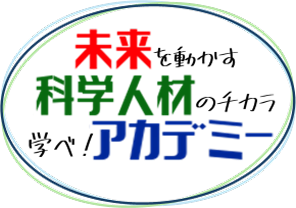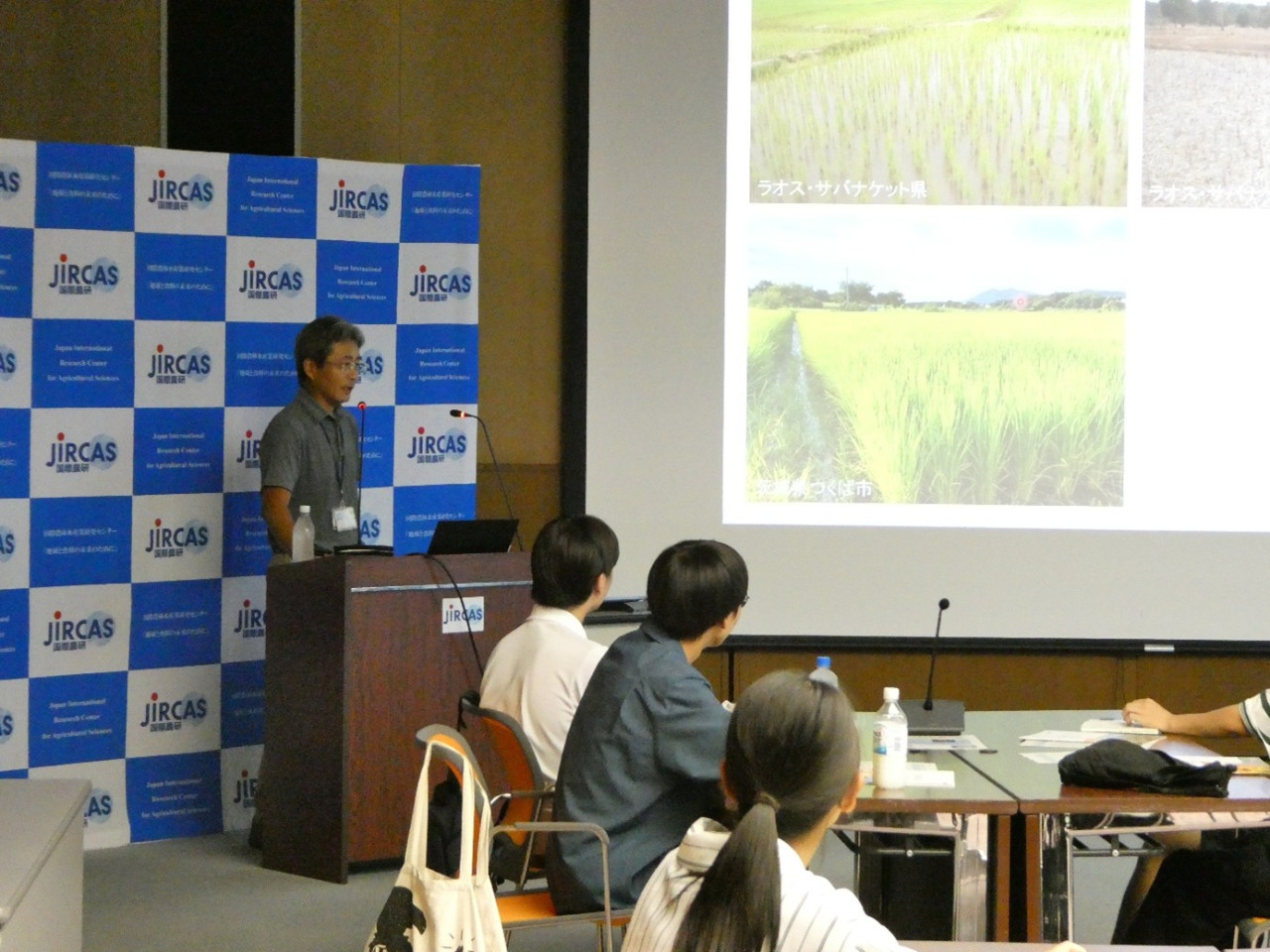
On Wednesday, July 23, 2025, as part of the 5th session of the Future Science Talent Academy, 15 second-year students from the Science Inquiry Course at Shizuoka Municipal High School visited the Japan International Research Center for Agricultural Sciences (JIRCAS).
At Shizuoka Municipal High School, a science training program is conducted for second-year students in the Science Inquiry Course. This program aims to broaden their scientific perspectives and enhance awareness of future career paths by learning about cutting-edge science and technology, interacting with researchers, and visiting research facilities. The visit to JIRCAS was part of this program and provided a valuable opportunity to experience the front lines of international research activities.
During the visit, students were first introduced to JIRCAS’s research activities and international collaborative research projects. They learned how joint research efforts with global partners contribute to solving societal issues. There was also a session to reflect on the importance of developing scientific talent for future international research in agriculture, forestry, and fisheries, which is expected to become increasingly important.
Following this, Senior Researcher IKEURA Hiroshi from the Rural Development Division gave a lecture titled “Collecting Water from the Air — Let’s Think About Water in the World and Water Around Us.”
The lecture introduced technology aimed at improving agricultural productivity in arid regions, where water suitable for farming is scarce. Specifically, it focused on methods for collecting moisture (water vapor) from the air and reusing it as irrigation water.
The session began with students re-examining their daily water usage, recognizing that access to water varies significantly by region. The lecture then moved on to discuss the constraints on water resources in arid zones and explained, using real-world examples, the techniques that use condensation of water vapor to create freshwater for irrigation.
After the lecture, students asked many questions. They showed great interest and surprise upon learning that knowledge they had acquired in science classes—about temperature, humidity, and saturated vapor pressure—was being applied in actual research and technology development. They were also impressed by how even a simple setup using vinyl greenhouses and pipes could yield more water than expected. Some students commented that they realized how countries are interconnected through food imports and exports, and how each nation's efforts impact one another.
Through this visit, students were able to reaffirm the societal significance of science and technology and the importance of international collaboration, making it a valuable opportunity to reflect on their future paths and goals.
JIRCAS intends to continue providing hands-on experiences at research sites, with the hope of further fostering young talent’s interest in science and technology and contributing to the development of future scientific leaders.

